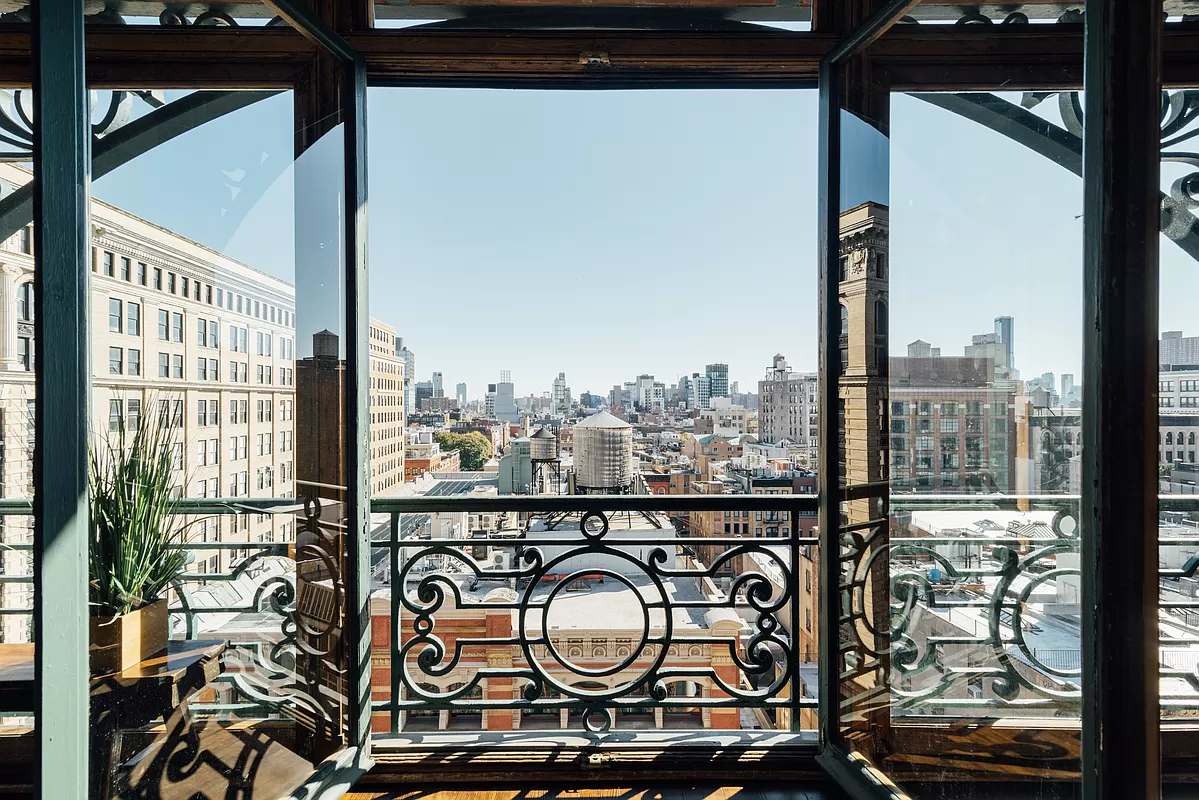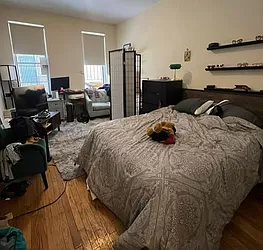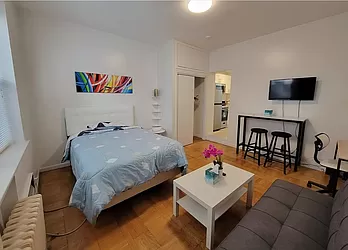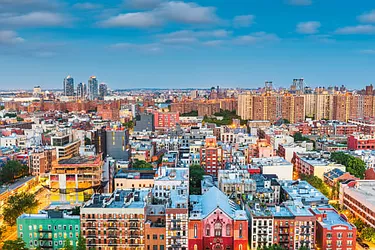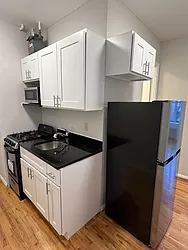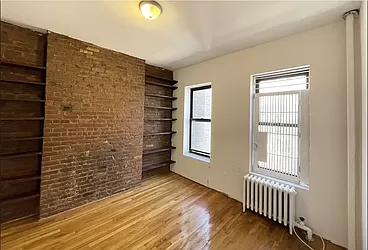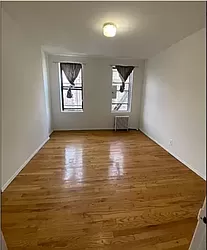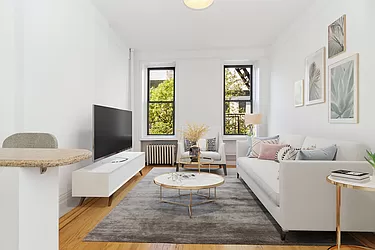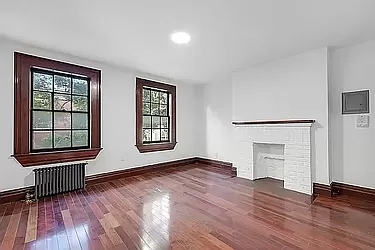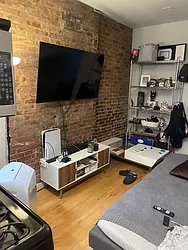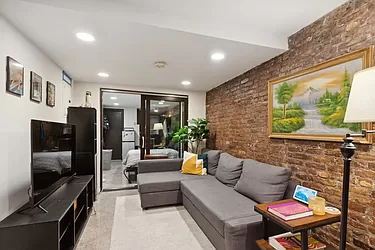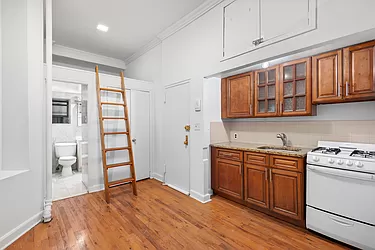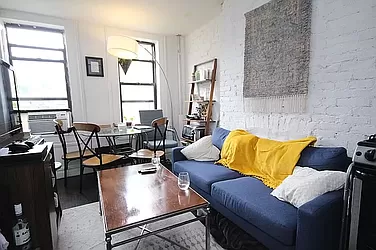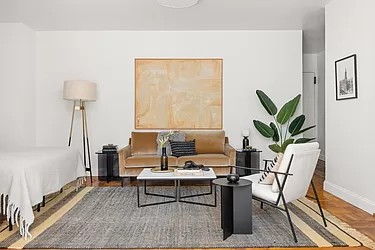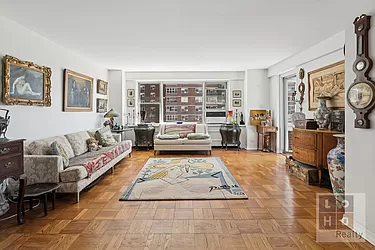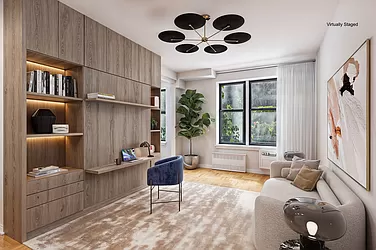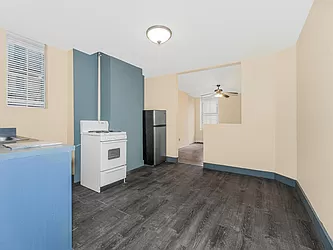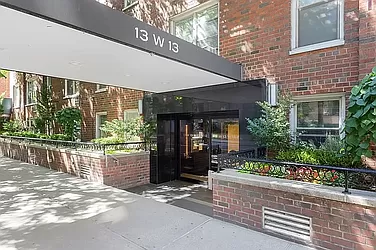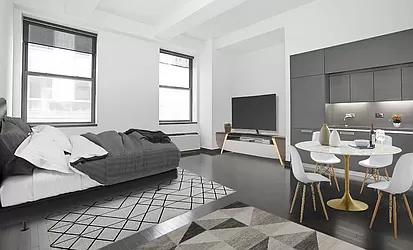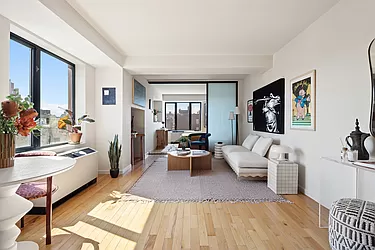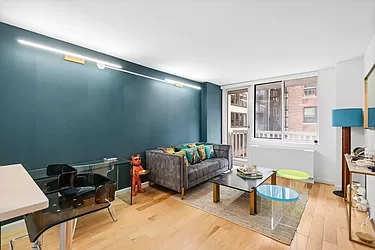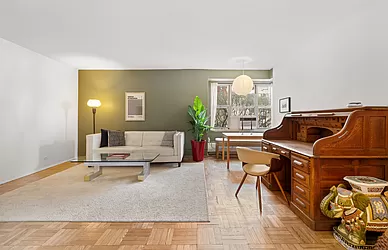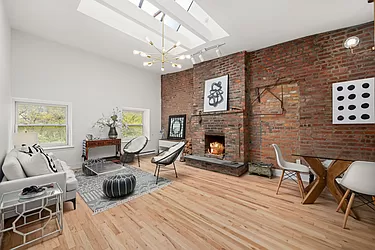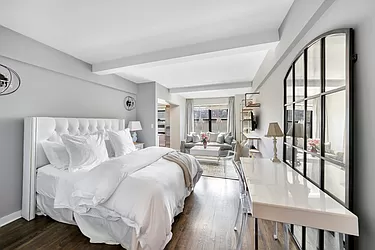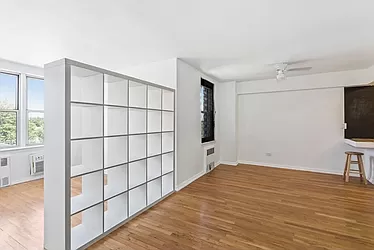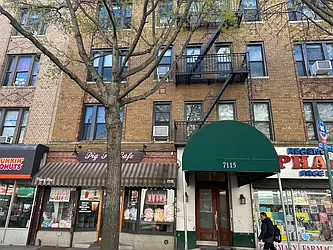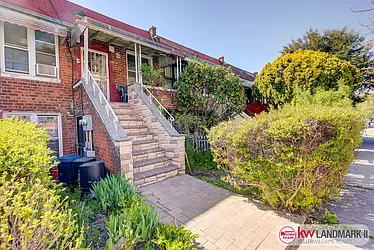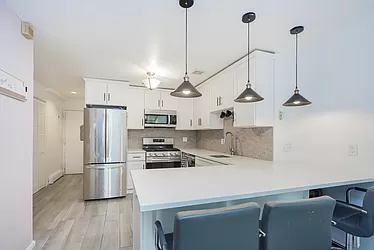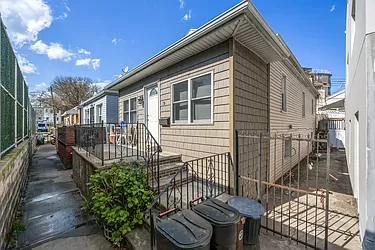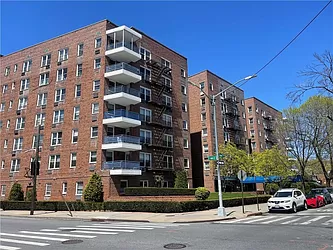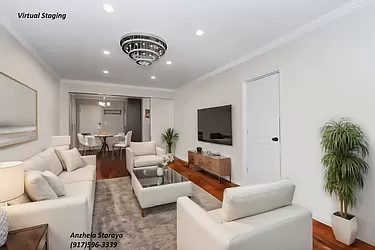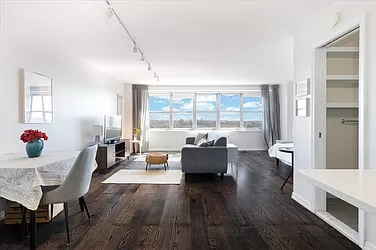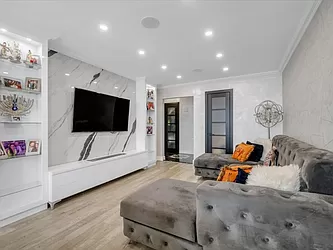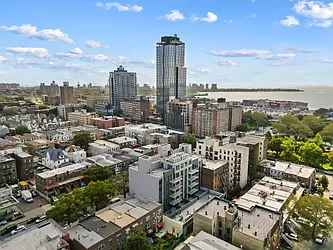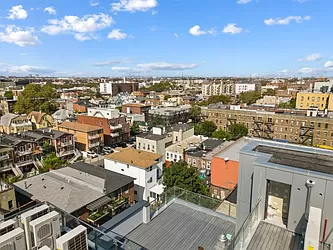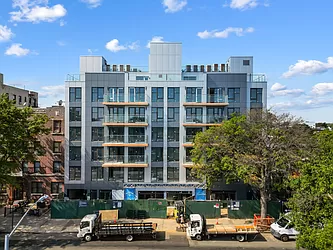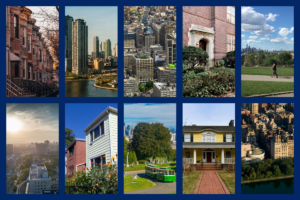One of the wonderful things about living in NYC is every neighborhood has some sort of dining scene and a variety of attractions. But SoHo is one of those areas that’s packed full of them. Not surprisingly, this much action makes the neighborhood pricey. According to the StreetEasy Data Dashboard, as of January 2022, the median asking price was $4.4 million, compared to NYC’s median asking price overall for the same period of $1.5 million. Similarly, the median asking rent was $5,775 in SoHo versus NYC’s of $3,700. However, it is still possible to find places for much less on StreetEasy. But, what’s it like to live there? Here are the basics of calling SoHo home.
Table of contents
Downtown Rentals Under $3,000 on StreetEasy Article continues below
Where Is SoHo?
The trendy neighborhood is smack in the middle of Downtown Manhattan. A portmanteau of “South of Houston,” SoHo is a relatively small area bordered by Houston and Canal Streets to the north and south respectively, with Sixth Avenue to the west and Crosby Street to the east. The neighborhood to the north is Noho (standing for, you guessed it, “North of Houston,”) while its southern neighbor is Tribeca. Hudson Square is to the west, and Nolita (“North of Little Italy”) is to the east.
Downtown Homes Under $750K on Streeteasy Article continues below
A Brief History of SoHo
“Walking through SoHo’s partially cobblestone street is like traveling through time,” said Karen Kostiw, an agent for Coldwell Banker Warburg. The neighborhood attracts visitors with its well-known, historic concentration of cast-iron facade architecture from the 1800s. It was during that period that the area became a manufacturing and dry goods hub. However, trends faded and the neighborhood began to decline. As a result, buildings were abandoned as the 20th century began. Incredibly, during this period, SoHo was almost destroyed by a 10-lane highway.
By the ’60s and ’70s, the neighborhood’s buildings were widely vacant. So, artists moved in and began living and working in these empty warehouses. “Whenever you have a concentration of artists, it creates an allure, and people begin to notice,” said Christopher Totaro, an agent for Coldwell Banker Warburg. “The SoHo effect, as I call it, is when a neighborhood began with the artists moving in and attracted people to the area, followed by shopping, restaurants and ultimately, residential.”
Now, the tech industry is laying stake in the far west side of SoHo known as Hudson Square, increasing demand for housing and commercial spaces.
Brooklyn Homes Under $750K on StreetEasy Article continues below
What Are the Housing Options in SoHo?
Although SoHo has been called the “Cast Iron District” due to the high concentration of cast-iron buildings with ornate facades from the 1800s, it’s also home to newer builds. Most of the cast-iron buildings have since been converted from factories, warehouses, and office buildings into residential apartments. Newer construction is available but less common, as most of the buildings are designated as historical landmarks, so demolition is rarely an option.
The result is a market comprised of mostly co-ops and condos with some rentals (114 sales were available at the time of writing versus 55 rentals). “The condos are part resale and part new developments. They include Greenwich West, 77 Charlton, The Riverview, 62 Wooster Street, 70 Charlton, XOCO 325, 74 Grand Street, 10 Greene Street, 49 Greene Street, and 570 Broome,” said Kostiw.
But the landscape is likely to change. The COVID pandemic hit SoHo businesses hard, with lockdowns and travel restrictions affecting the area’s economic health. As a result, the city council has rezoned the commercial SoHo area, permitting residential development. “The plan is to increase affordable housing in the area,” said Kostiw. “But leaders’ efforts to create affordable housing could mean potentially losing green space or developers tapping loopholes to build skyscrapers for wealthy buyers.”
What Are the Commute Times to Midtown Manhattan?
Subway accessibility in SoHo is a bit absurd. No fewer than 10 train lines are in, or on the border of the neighborhood, and you can get to Midtown in about 15 minutes. If you need to visit the east side of Manhattan, the 6 train will get you there in the same amount of time. So, it’s an extremely convenient locale.
Parks and Green Spaces in SoHo
While you won’t find massive parks in this condensed neighborhood, there are some nooks like the Elizabeth Street Community Garden (currently under threat), James J. Walker Park, and Spring Street Park. Freeman Plaza West previously functioned as a toll booth area for the Holland Tunnel and was turned into a park. And Vesuvio Park, located in the Sullivan-Thompson historic district, has ties to the famed Vesuvio Bakery on Prince Street. The Park was renovated in 2007 and boasts a pool, and art exhibits are frequently exhibited.
And who can forget the famous pools? “Famed artist Keith Harrington’s mural was commissioned at the Carmine Public Pool in the mid-’80s,” said Kostiw. (It is currently closed as structural issues are being assessed.) “There’s also Vesuvio Pool at 101 Thompson Street.”
Destinations in SoHo
First, SoHo is a destination itself. It’s filled with some of the best restaurants and shops in the city, attracting locals and visitors alike. Some highlights include The Ear Inn, a landmark since 1817, and one of the oldest drinking establishments in New York City. Then there’s the Fanelli’s Café building, which has been in existence since the 1840s. The New York City Fire Museum showcases the history of firehouse trucks and fire-fighting in the city with photos and other paraphernalia is a must-see.
Culinary destinations include Raoul’s, home to the famed steak with cream and cognac au Poivre sauce and frites. Kostiw’s pro tip for this spot is to get a reservation for a table in the back. “You need to walk through the kitchen to get there,” she said.
Totaro added, “Macaroons and cocktails in the courtyard at Laduree are a must. And if you want to be seen, a sidewalk table at Cipriani’s is the place to go.”
